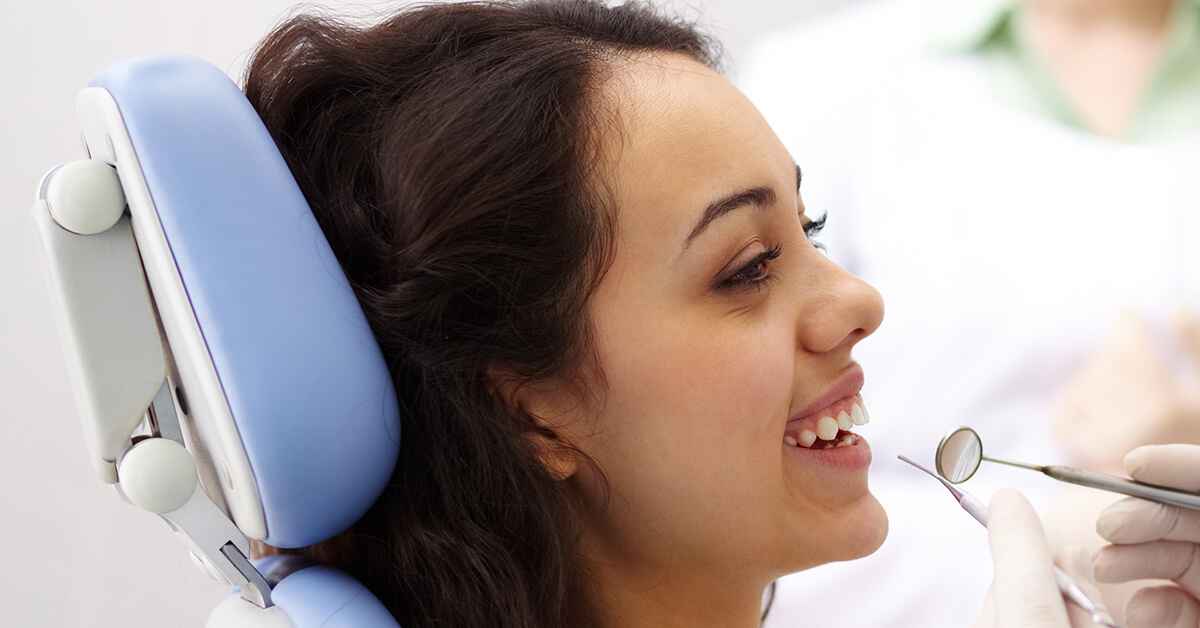When considering comprehensive dental treatments, occlusion—the way your upper and lower teeth come together—is a critical factor. In procedures like Full Mouth Rehabilitation in Dubai, occlusion isn’t just an afterthought; it’s a foundational element that ensures the longevity, comfort, and function of your restored smile. A well-aligned bite is essential for healthy jaw joints, efficient chewing, and the overall stability of dental restorations. This article explores why occlusion is so vital in full mouth rehabilitation and how it affects treatment outcomes.
What Is Occlusion and Why It Matters:
Occlusion refers to the contact between your upper and lower teeth when your mouth is closed or during movements like chewing and speaking. Proper occlusion distributes chewing forces evenly and supports the alignment of the jaw. Misaligned occlusion, known as malocclusion, can lead to:
-
Excessive wear on teeth
-
Jaw joint problems (TMJ disorders)
-
Difficulty chewing or speaking
-
Headaches and neck pain
-
Fractures or failure of dental restorations
In full mouth rehabilitation, evaluating and correcting occlusion is essential to avoid long-term complications and to promote optimal oral function.
How Occlusion Affects Full Mouth Rehabilitation Outcomes:
Ignoring occlusion during full mouth rehabilitation can compromise the success of even the most technically advanced procedures. Poor occlusion may result in:
-
Restorations that chip, crack, or become loose
-
Implants that fail prematurely due to uneven bite pressure
-
Increased sensitivity and pain in teeth and gums
-
Misalignment of newly restored teeth, affecting appearance
-
Recurring TMJ pain or muscle fatigue
When occlusion is properly addressed, rehabilitation outcomes are more predictable and durable.
Key Components of a Balanced Occlusion:
Achieving ideal occlusion involves more than aligning teeth. It requires harmony between the teeth, jaw muscles, and joints. A balanced occlusion should include:
-
Even distribution of bite forces across all teeth
-
Proper contact during both resting and movement phases
-
Absence of interferences that cause jaw shifting or uneven pressure
-
Alignment that supports facial aesthetics and function
-
Stable joint positioning to prevent TMJ stress
These components ensure comfort, functionality, and protection of dental work.
Diagnostic Tools Used to Assess Occlusion in Dubai:
Modern dental clinics offering Full Mouth Rehabilitation in Dubai use a variety of tools to analyze occlusion accurately:
-
Digital bite scanners: Capture 3D models of teeth to analyze bite dynamics
-
Articulators: Simulate jaw movement outside the mouth for treatment planning
-
T-Scan systems: Measure bite force distribution in real-time
-
Jaw tracking devices: Monitor how the jaw moves during function
-
X-rays and CBCT scans: Assess jaw joint condition and tooth alignment
These technologies allow for precise treatment planning that aligns function with aesthetics.
Common Occlusal Problems Addressed in Rehabilitation:
Several occlusal issues can be corrected through full mouth rehabilitation, including:
-
Overbite: Upper teeth excessively overlap lower teeth
-
Underbite: Lower teeth extend past the upper teeth
-
Crossbite: Teeth do not align properly when biting down
-
Open bite: Front teeth don’t meet when back teeth touch
-
Tooth wear: Uneven enamel wear due to grinding or misalignment
Each issue requires a customized solution involving crowns, orthodontics, or restorative treatments.
Occlusal Equilibration and Its Role in Rehabilitation:
Occlusal equilibration is the process of fine-tuning bite forces by adjusting the shape or position of teeth. It may involve:
-
Smoothing minor high points on the teeth
-
Re-contouring restorations to improve contact
-
Adjusting jaw position with bite splints
-
Coordinating orthodontic movement with prosthetics
These adjustments help achieve a harmonious bite that supports long-term dental health.
Occlusion and Temporomandibular Joint (TMJ) Health:
Improper occlusion can place undue stress on the temporomandibular joints, leading to:
-
Clicking or popping sounds when opening the mouth
-
Jaw pain or limited movement
-
Chronic headaches or earaches
-
Muscle tension in the neck and shoulders
Full mouth rehabilitation that includes occlusal correction can relieve TMJ symptoms and restore comfort.
Integrating Occlusion into Full Mouth Rehabilitation Plans:
Incorporating occlusion into treatment planning involves careful coordination of procedures, including:
-
Crown and bridge placement: Must support even bite forces
-
Implant positioning: Aligned to prevent overloading
-
Orthodontics: Used to reposition teeth for a balanced occlusion
-
Bite analysis: Repeated at different stages to monitor changes
-
Temporary restorations: Used to test bite alignment before final restorations
This integration ensures a functional and aesthetically pleasing result.
Long-Term Maintenance of Occlusal Health After Rehabilitation:
After full mouth rehabilitation, patients should maintain occlusion through:
-
Regular dental check-ups to monitor bite and restoration health
-
Use of night guards if teeth grinding is present
-
Avoiding habits like nail-biting or chewing on hard objects
-
Managing stress to reduce clenching or bruxism
-
Timely repair of worn or damaged restorations
These practices help preserve the stability and success of the rehabilitation.
Final Thoughts:
Occlusion is the cornerstone of successful full mouth rehabilitation. A well-aligned bite not only improves chewing and speech but also ensures that dental restorations last longer and function more effectively. Clinics offering Full Mouth Rehabilitation in Dubai understand the critical importance of occlusal harmony and employ cutting-edge technology to deliver precise, customized care. If you’re considering full mouth reconstruction, be sure to choose a provider who prioritizes occlusion—because a balanced bite is the key to a confident, comfortable smile.







0 Comments